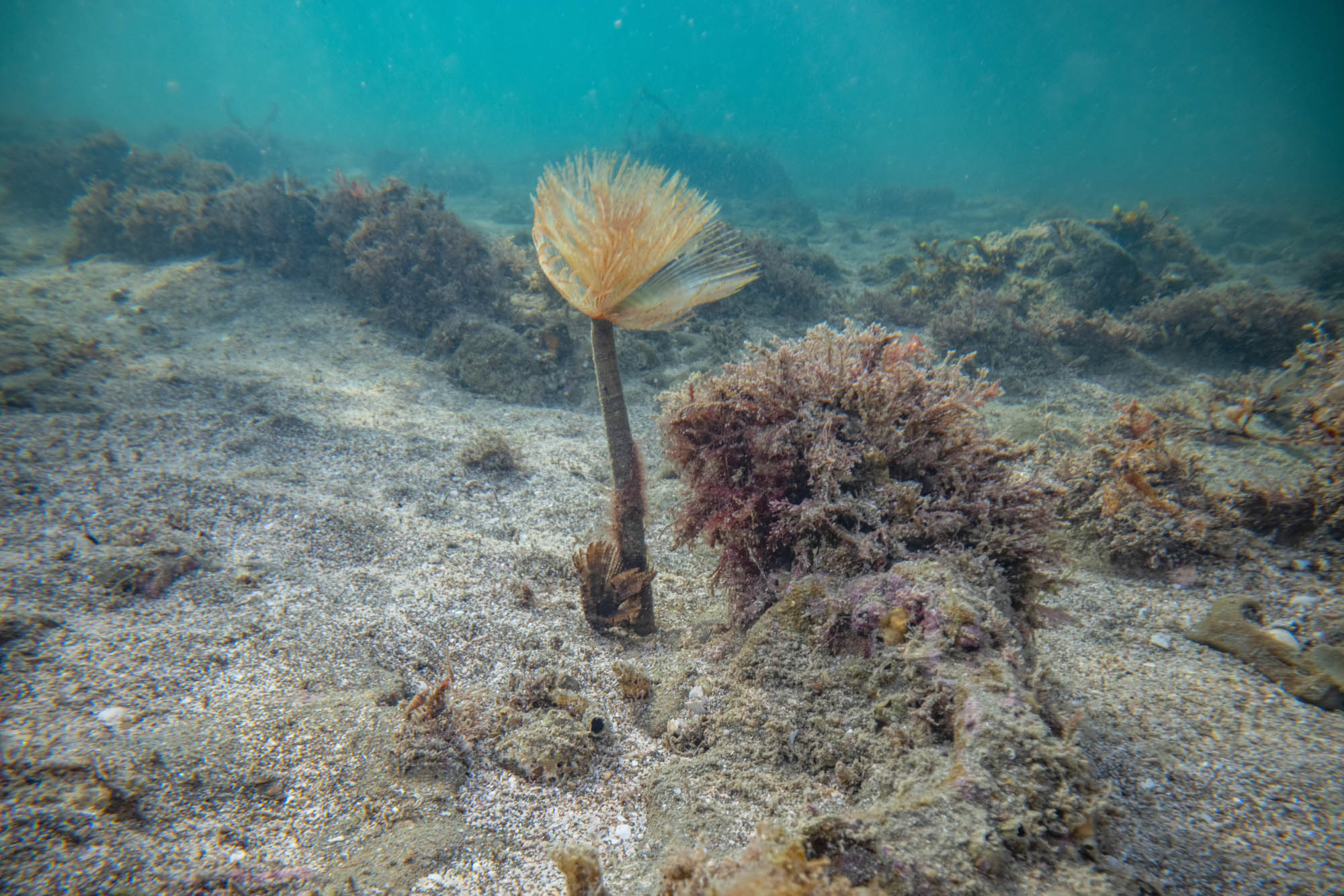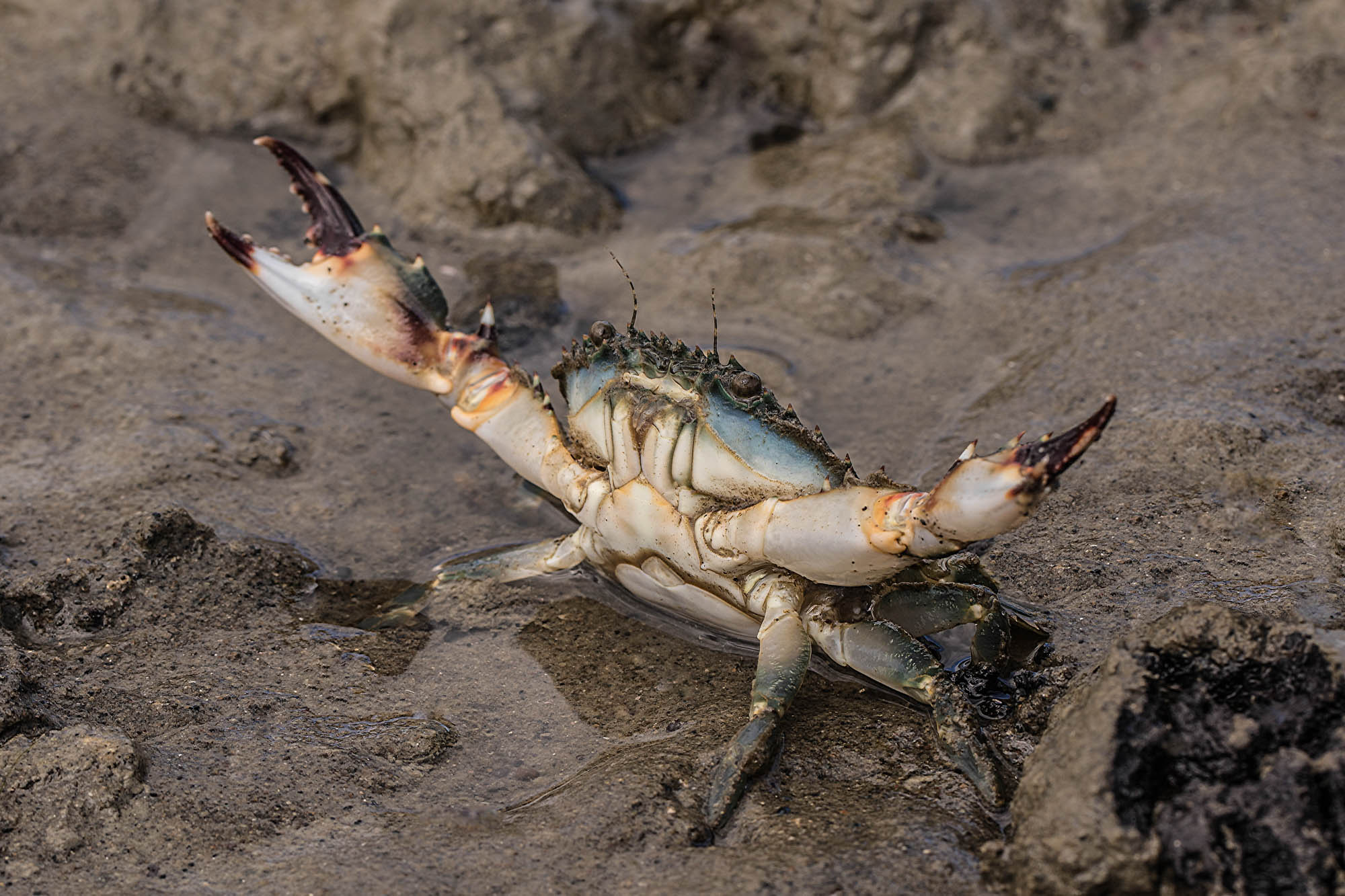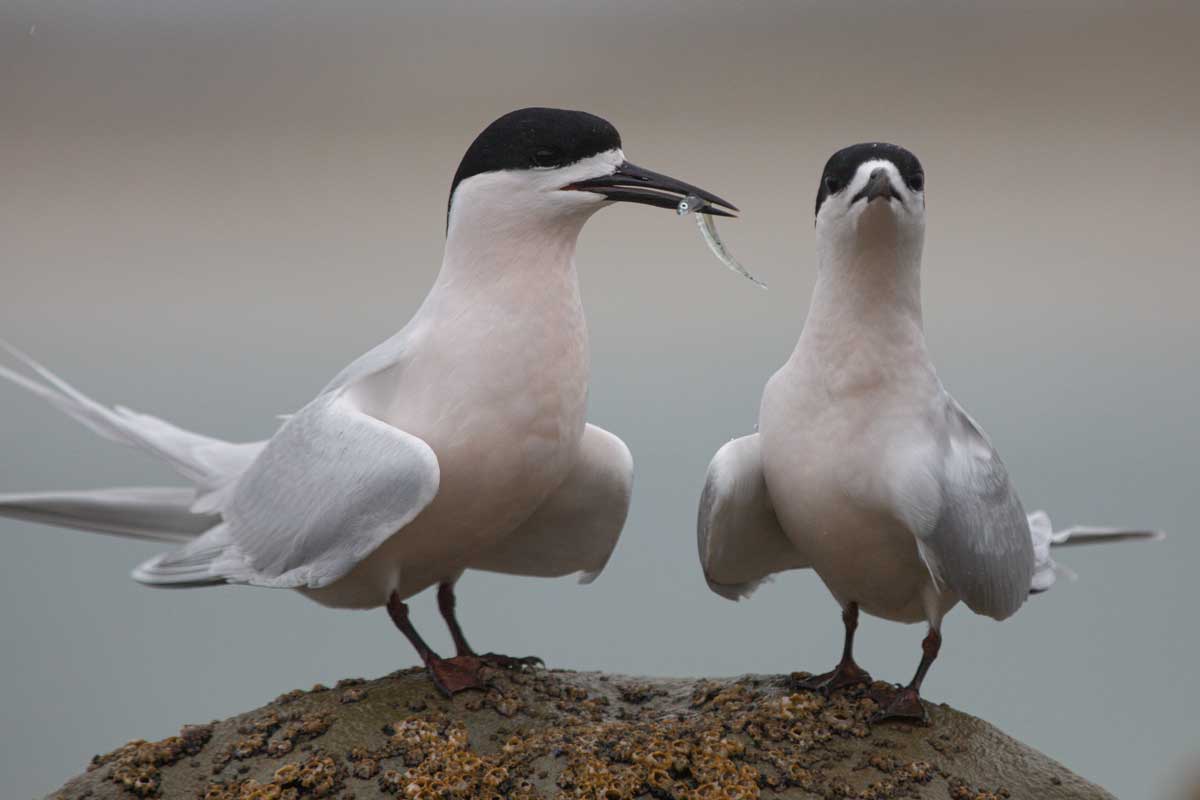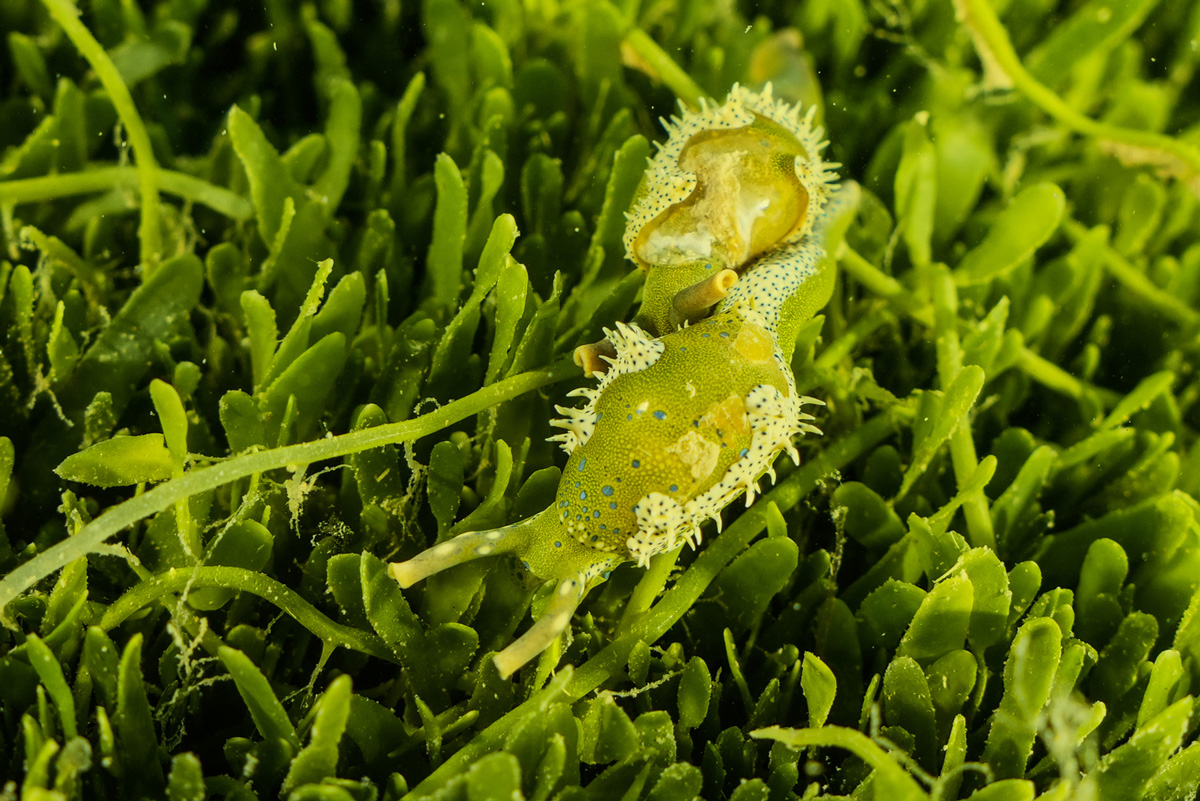Terrestrial pests such as possums, rats and stoats and the damage they cause are quite well known compared to those that live below the water surface. There are at least 6 marine species present in the Hauraki Gulf Marine Park that have the potential to become pests and cause serious harm to the marine environment. 5 of the marine species have only arrived in the past 20 years, brought into New Zealand waters on international vessels and spread via both commercial and recreational vessels.
Who are the non-indigenous marine species present, or potentially present, in the Gulf?
The Tiaki Tāmaki Makaurau/Conservation Auckland website has great information about the Regional Pest Management Plan and further information on each of these species and what you need to know to help control the spread.
- Asian paddle crab (Charybdis japonica)
- Australian droplet tunicate (Eudistoma elongatum)
- Clavelina oblonga
- Japanese mantis shrimp (Oratosquilla oratoria)
- Lightbulb ascidian (Clavelina lepadiformis)
- Mediterranean fan worm (Sabella spallanzanii)
- Pyura sea squirts (Pyura praepetualis and P. doppelgangera)
- Clubbed tunicate/leathery sea squirt (Styela clava)
- Japanese seaweed/wakame (Undaria pinnatifida)

How are non-indigenous marine species managed?
As we know from the land, once a pest has established in an ecosystem, it can be a challenge to eradicate. So, just like at our airports, the focus should be on preventing these marine species from passing through our marine borders, early detection for those that ‘slip through the net’ and slowing the spread of already established species.
The introduction of the Craft Risk Management Standard (CRMS) and the Craft Risk Management Standard for Biofouling (CRMS-BIOFOUL) in 2018 by MPI has significantly reduced the risk and slowed the rate of increase of potential marine pests being introduced into New Zealand ports. This includes the Port of Auckland which, as the busiest port, was one of the main entry points for non-indigenous marine species prior to the CRMS.
The Top of the North Marine Biosecurity Partnership (TON) are currently developing an inter-regional marine pest pathways management plan to ensure a consistent approach across Northland, Auckland, Waikato and the Bay of Plenty.
What does the Revitalising the Gulf Government Action on the Sea Change Plan say?
The Strategy’s outcome for marine biosecurity in the Gulf is:
• management and mitigation of non-indigenous marine species and diseases through prevention, early detection, eradication, population suppression and prevention of secondary spread.
To do this, the government will:
• continue to support and co-ordinate activities with the Top of the North Marine Biosecurity Partnership, in particular, prioritising:
– the development and delivery of its inter-regional marine pest pathways management plan;
– development of a framework and strategy to support a more nationally coordinated approach to marine
biosecurity; and
– support to progress the development of a vessel database as an important implementation tool for the
inter-regional pathway plan with national benefits;
• provide national co-ordination for marine biosecurity activities;
• maximise use of the Ministry of Business, Innovation and Employment-funded Marine Biosecurity Toolbox ($10.4 million over five years); and
• maintain border controls and marine surveillance programmes at ports of first arrival.





